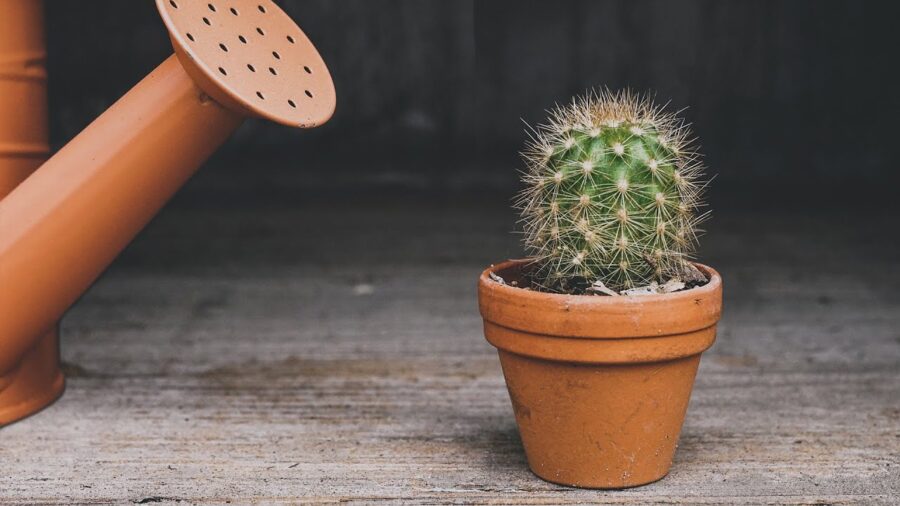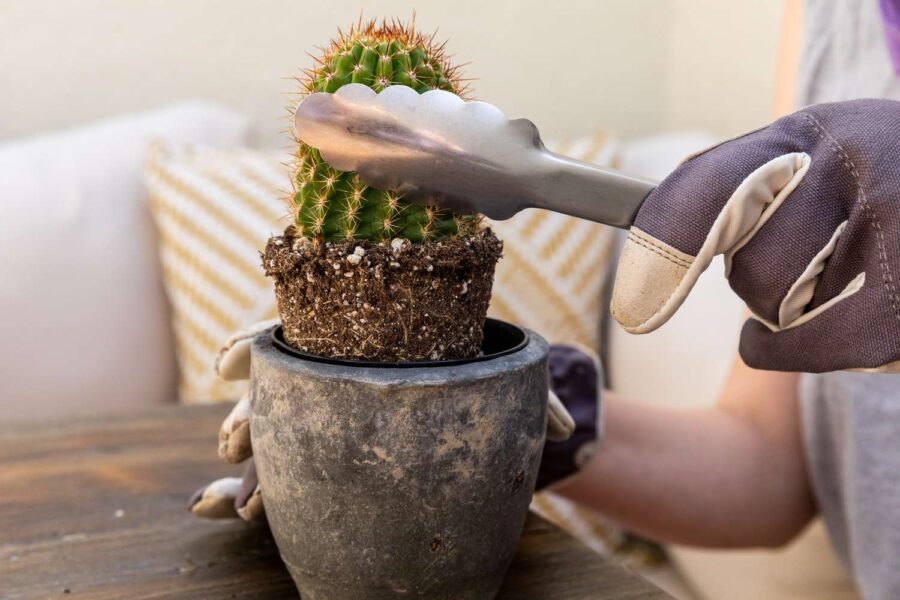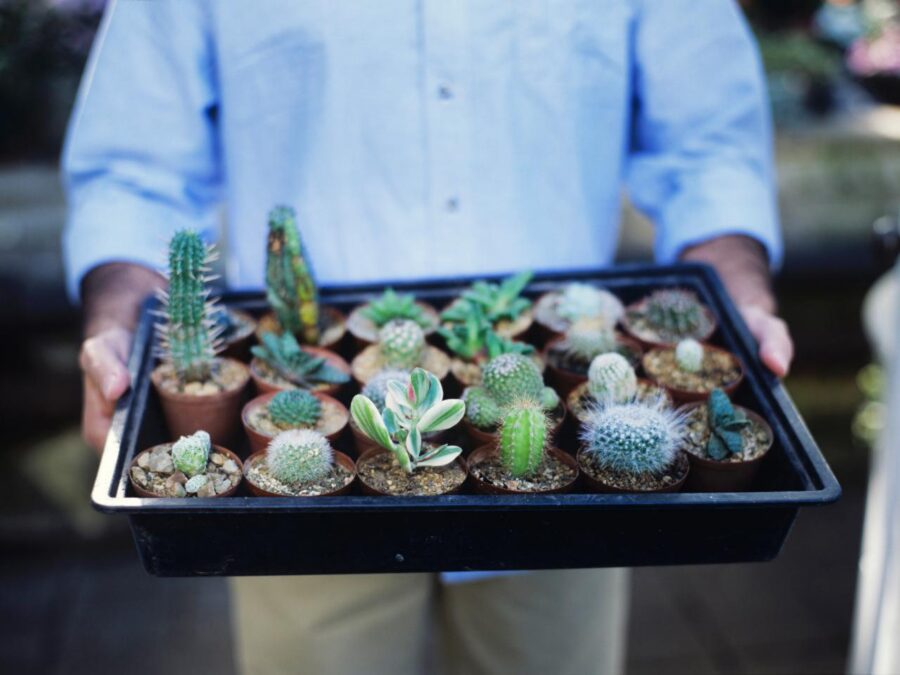Transplanting Cactus Outdoors: Do It Yourself!
Cacti are often seen as hardy and low-maintenance plants that thrive in hot, dry climates. But it’s not always the easiest task to transplant a cactus outdoors, especially if you’re trying to move it from inside your home or office. This article will give you everything you should know about transplanting cactus outdoors, from selecting the right spot for its new home to ensuring its soil is the perfect mix of nutrients for maximum growth. Read on to learn more!

What Type of Cactus Do You Want to Transplant?
When transplanting cactus outdoors, there are a few things to consider. The type of cactus you want to transplant will play a significant role in determining the best time of year to transplant and the method you’ll use.
If you’re transplanting a small cactus, it can be done any time of year. However, if you’re transplanting a giant cactus, it’s best to do it in the fall or winter when the plant is dormant. This will minimize stress on the plant and give it the best chance to establish itself in its new location successfully.
The method of transplanting will depend on the type of cactus you’re dealing with. You can simply dig it up and replant it if it’s a small cactus. But if it’s a large cactus, you’ll need to carefully remove it from the ground in one piece using a shovel or other tool. Once it’s out of the ground, you can transport it to its new location and replant it.
When is the Best Time of Year to Transplant Cactus Outdoors?
Assuming your cactus is healthy and living in a pot, spring is the best time of year to transplant it outdoors. You can transplant your cactus as late as early summer if you live in an area with a longer growing season. Avoid transplanting during the summer heat, as this can be stressful for the plant.
If you have no choice but to transplant during the summer months, do so in the early morning or evening when temperatures are more relaxed.

How Do You Prepare the Cactus for Transplanting?
When transplanting a cactus outdoors, preparing the plant for its new home is essential. This includes ensuring that the new location has good drainage, plenty of sunlight, and is large enough to accommodate the root system.
To prepare the cactus for transplanting, start by carefully removing it from its current pot. Gently loosen the roots before placing the plant in its new hole. Once in place, backfill with soil and water well.
It is also essential to acclimate the cactus to its new environment slowly. This means keeping it out of direct sunlight and protecting it from extreme temperature changes for a period of time. With proper preparation, your cactus will thrive in its new home!
How Do You Care for a Transplanted Cactus?
When transplanting a cactus outdoors, choosing a sunny spot in your garden with well-drained soil is essential. You will also need to prepare the transplant hole ahead of time by digging it broader and deeper than the cactus root ball.
Once you have prepared the transplant hole, you can gently remove the cactus from its current pot. Be careful not to damage the roots as you do this. Once the cactus is out of its pot, you can place it in the prepared transplant hole.
Backfill the transplant hole with fresh, well-draining soil, and water the cactus thoroughly. With extra care, your transplanted cactus should thrive in its new home!

What Are the Benefits of Transplanting Cactus Outdoors?
Many people choose to transplant their cactus outdoors because of the benefits that come with it. One of the main benefits is that it can help your cactus grow. When cacti are transplanted outdoors, they have more space to grow, growing to be larger than if kept indoors.
Finally, transplanting your cactus outdoors can also help improve your plant’s drainage. When cacti are kept indoors, they can sometimes be susceptible to root rot because of poor drainage. Transplanting them outdoors will help to improve drainage and reduce the risk of root rot.
Are There Any Drawbacks to Transplanting Cactus Outdoors?
Yes, there are some potential drawbacks to transplanting cacti outdoors. One is that the plant may not survive the transition if it is not done correctly. Another is that the cactus may not be able to adjust to its new environment and could die.
Finally, transplanting cactus outdoors can be very difficult and time-consuming, so it is essential to make sure that you are prepared before you begin. In addition, cacti can be very sensitive to water, temperature, and light changes. It is essential to pay close attention to these factors when transplanting a cactus to make sure it is successful.
Also read: 5 Most Common Issues With Houseplants

Conclusion
Transplanting cacti outdoors can add interest and texture to a garden or outdoor space. While it may seem intimidating at first, with the correct information and guidance, it is relatively easy to transplant your cacti from indoors into an outdoor environment safely. With patience and care, you will soon have a thriving collection of beautiful desert plants that bring life to any landscape!
